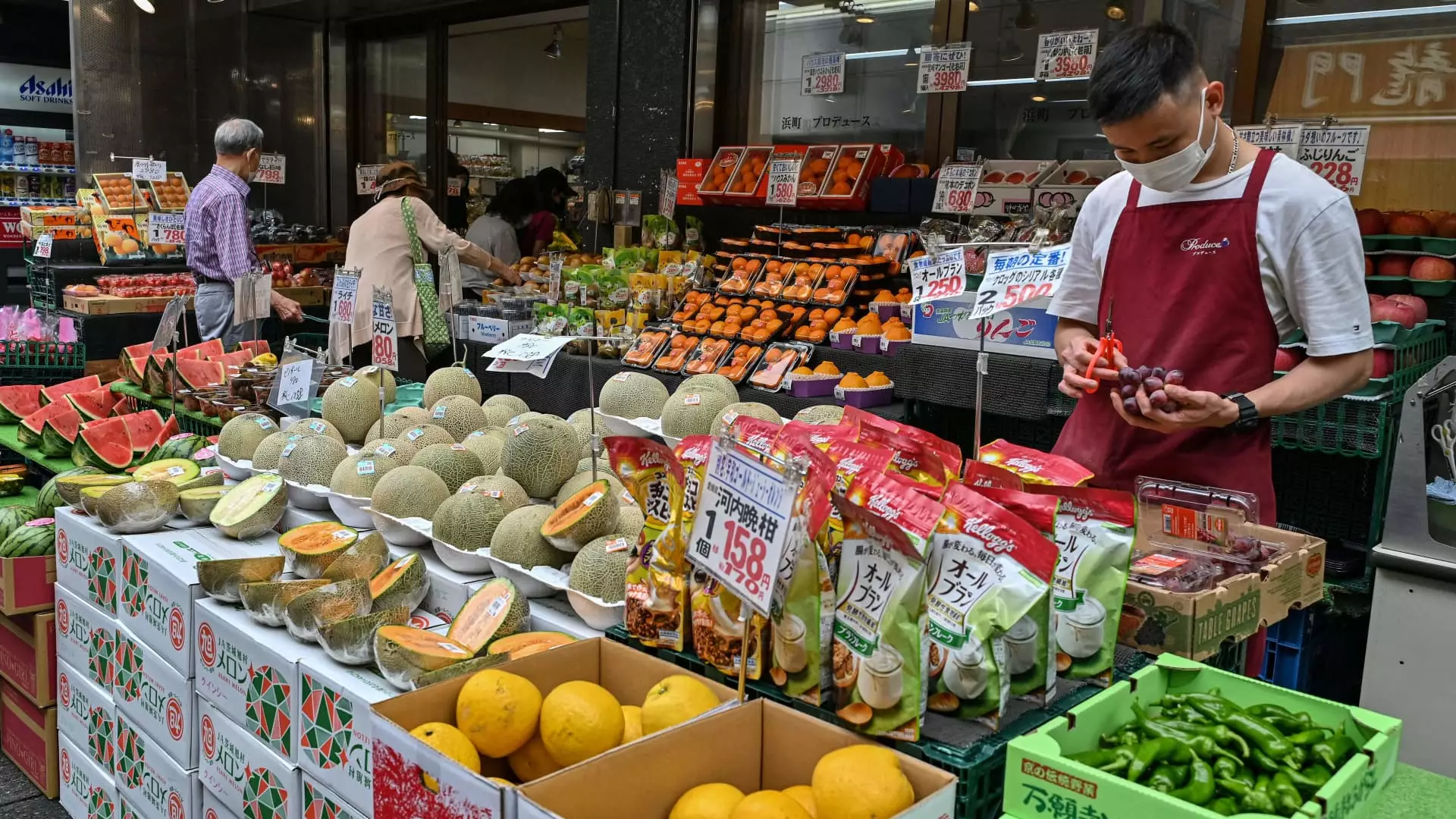In October, Japan’s inflation rate reported a decline, landing at 2.3%. This figure marks the lowest point since January and reflects a decrease from September’s rate of 2.5%. Additionally, the government-sanctioned core inflation rate, which carefully excludes fresh food prices, maintained the same figure at 2.3%, down from 2.4% the preceding month. While these numbers suggest some easing, they remain slightly above the 2.2% that analysts had forecasted, as per a Reuters survey. The fluctuation in these rates implies an ongoing struggle for Japan’s economy as it navigates the complex interplay between inflation and consumer spending.
The Bank of Japan (BOJ) has consistently advocated for a “virtuous cycle” where rising wages contribute to increasing prices, which in turn supports further wage growth. However, the current dip in inflation presents a conundrum for the central bank, hinting at the necessity of maintaining an accommodative monetary policy. A subdued inflation rate could hinder the BOJ’s ambitions for a robust economic recovery. By keeping interest rates low, the central bank aims to stimulate consumer spending and investment, yet the risk over time includes potential adverse effects on the economy if inflation rates do not stabilize at healthier levels.
Interestingly, a nuanced measure dubbed the “core-core” inflation rate—which filters out both fresh food and energy prices—showed an uptick to 2.3%, up from 2.1% the previous month. This indicator, as closely monitored by the BOJ, reflects deeper underlying inflationary pressures that may be brewing in the broader economy. Analysts often emphasize such measurements because they attempt to capture the more persistent components of inflation that can be influenced by ongoing developments in labor markets and consumption patterns.
The prospect of interest rate hikes has not waned, despite the present inflation figures. Recent data produced by LSEG suggests that a notable 55% of economists anticipate a 25 basis points increase during the BOJ’s upcoming December meeting, which would elevate the benchmark policy rate to 0.5%. BOJ Governor Kazuo Ueda has communicated that Japan’s economy seems poised to transition into sustained wage-driven inflation. However, Ueda cautioned against overly lax borrowing costs that could undermine these positive developments.
The BOJ’s latest summary outlines a cautious optimism, indicating that if the prevailing economic trajectory remains favorable, the policy rate may reach 1% by the second half of the 2025 fiscal year. This indicates a potential shift in the bank’s strategy as it grapples with economic recovery trajectories amid ongoing inflation assessments. Overall, although the trajectory of inflation in Japan appears to be in flux, several critical factors including consumer trends, wage growth, and global economic influences will ultimately shape the path forward for an economy long constrained by deflationary pressures.


Leave a Reply